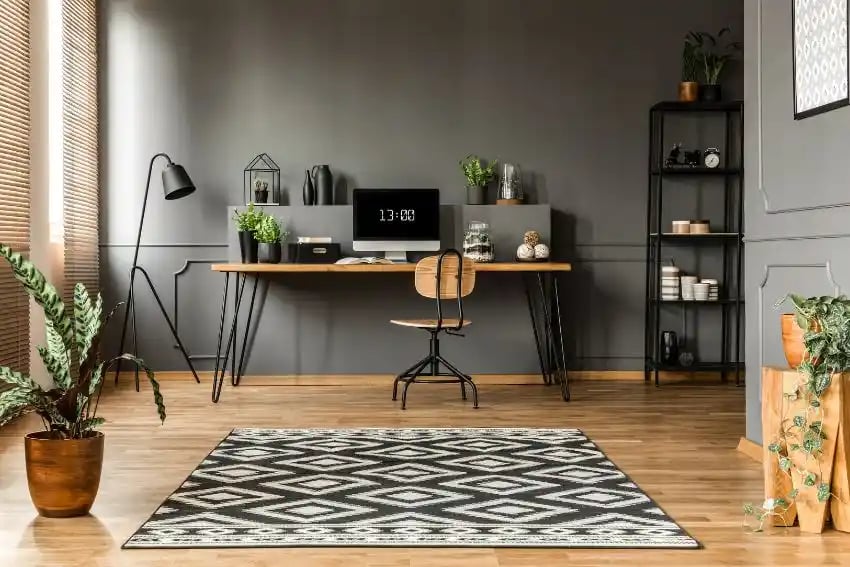
Prior to 2014, taxpayers who wished to claim the home office deduction had to fill out a lengthy form (Form 8829) and often make complex calculations in order to do so. In an effort to lighten the burden on small, home-based businesses, however, the IRS introduced a simplified method for taking the home office deduction, which became available for the first time for the tax year 2013. This new, simplified method makes it easy to claim the home office deduction to which you’re entitled.
Do you Qualify?
The simplified method only changed the way the home office deduction can be calculated, not who qualifies to take it. To be eligible for this deduction, you must meet several requirements.
Regular use for trade or business
You must regularly use a portion of your home to conduct your trade or business. Incidental business use or use for profit-seeking activities that are not a trade or business (such as managing your personal investments) does not qualify.
Exclusive use
Generally speaking, you must use a portion of your home exclusively for business to qualify for the deduction. That means that if you conduct business on a laptop at your kitchen table, then you won’t qualify (assuming you also use the space for preparing or serving food).
Exception: If you operate a wholesale or retail business from home, and you use part of your home to store inventory or product samples, then you do not have to meet the exclusivity test.
Principal place of business
If your home is the only place you regularly conduct business, you certainly meet this test. If you also have another regular place of business, then you may still qualify. If you regularly meet customers or clients at your home, or if don’t you conduct substantial administrative or management activities from any other fixed location, then your home can still be considered your principal place of business.
Employees
An employee may also qualify for the home office deduction when business use of the home is for the employer’s convenience (and not merely appropriate and helpful), as long as the employee is not renting the business-use portion of the home to the employer.
How Does It Work?
If you qualify for the home office deduction, you can simply find the area of the portion of your home that meets the criteria above and deduct $5 per square foot, up to a maximum of 300 square feet (for a maximum deduction of $1,500). Unlike the regular calculation method, in which you must apportion home-related itemized deductions (such as mortgage interest and property taxes) between your Schedule A and business schedule, the simplified method allows you to take all of these deductions in Schedule A. Also unlike the regular method, however, the simplified method does not allow you to depreciate the business-use portion of your home.
For detailed information on the home office deduction and how to calculate it, see IRS Publication 587.
Frequent changes in tax law make preparing your own return more complex and time-consuming each year. It’s become difficult for most taxpayers to ascertain how to properly claim all of their deductions, making professional tax preparation increasingly valuable. At Boelman Shaw Tax & Financial Planning, we can help you claim with confidence all of the deductions to which you’re entitled.
Tax and accounting services provided through Boelman Shaw & Company, LLC. Advisory services provided through BSC Capital Partners, LLC a state of Iowa registered investment advisor.
